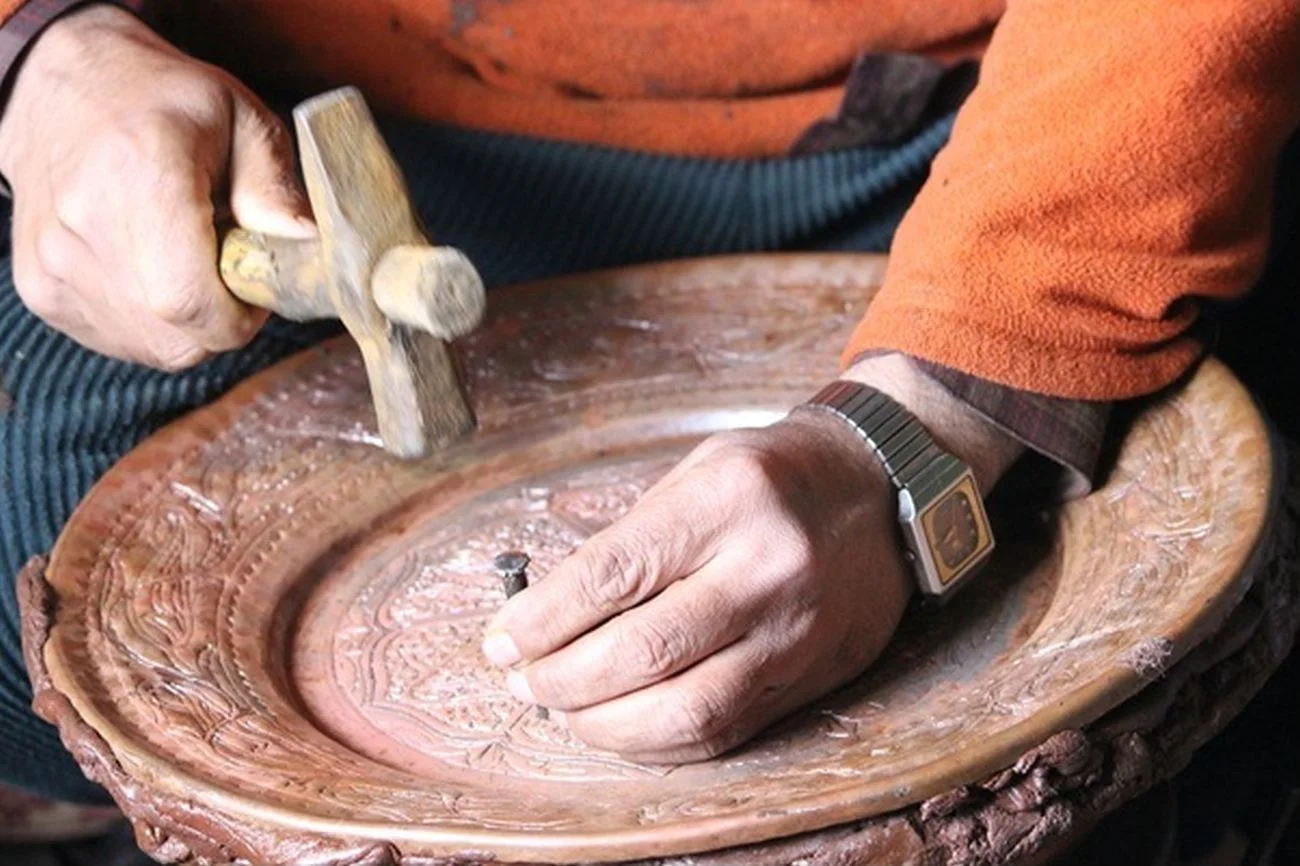
Legend has it that 400 years ago, some Baghdadis on horsebacks traversed the Himalayas and arrived in Kashmir with the coppersmith craft. Today, their progeny populating an old city pocket are keeping the trade alive through their dexterity and innovation.
By Kanika Gupta
IN the snaking alleyways of Khanyar—the archetypal old Srinagar locality dotted with heritage structures and shrines, the rundown repository of once culturally-vibrant neighbourhood—the thumping metal sound is almost unmistakable. Some unassuming craftsmen—whose fabled craft acumen is celebrated—turn up with a muezzin’s call to send out the metal sound as a wakeup alarm in the sleepy area.
This metal-clanking is a vintage sign, so is the perpetual presence of the copper clan whose metal legend goes back to the era when Kashmir first witnessed a sweeping skill tsunami from Central Asia.
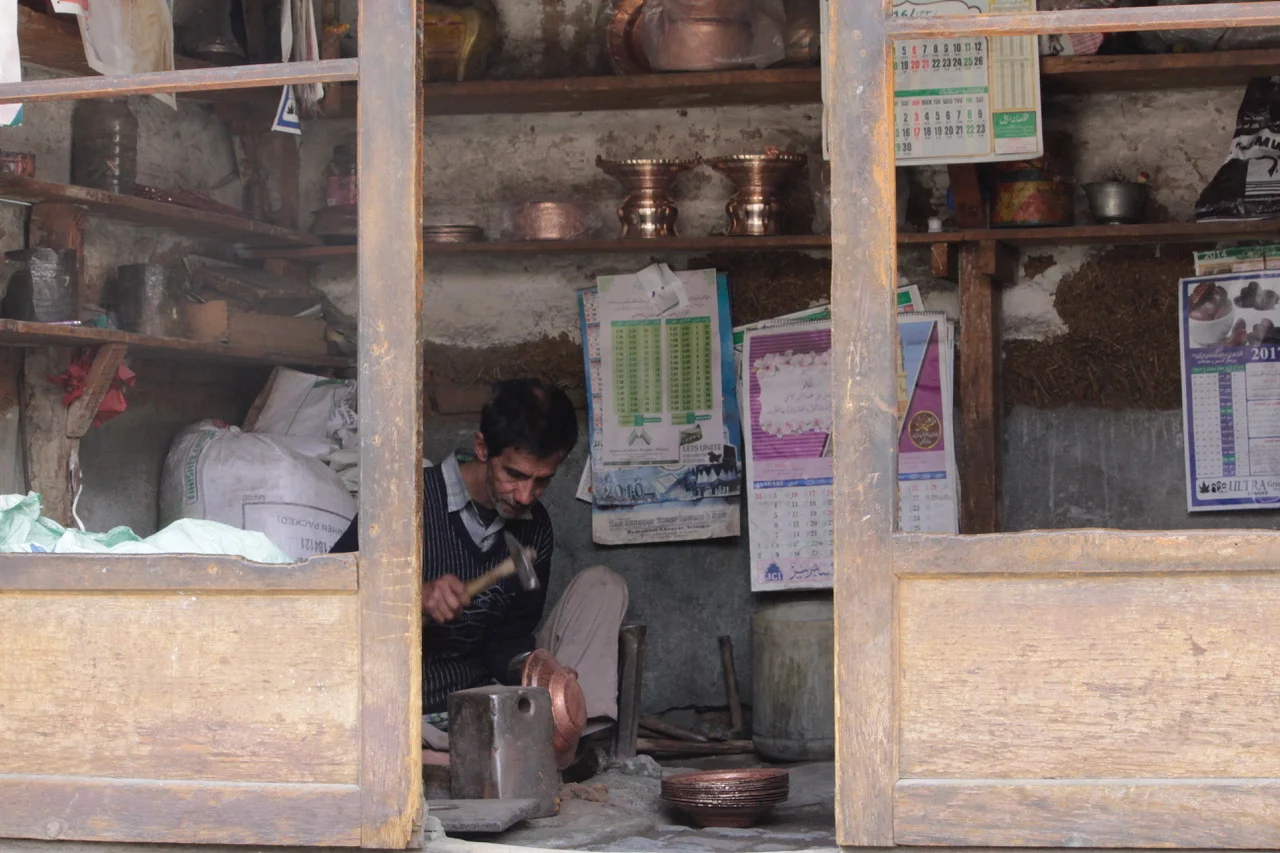
While there’re many streets in Srinagar that house coppersmith workshops, the ones in Baghdadi Mohalla of Khanyar locality remain the most prominent one.
Their fame rests on their copper-rich cultural roots. While the glorious tale of their halcyon days remains, fresh craft interventions have already helped the new-age Baghdadis to cement their place as the pioneering copper craftsmen of Kashmir.
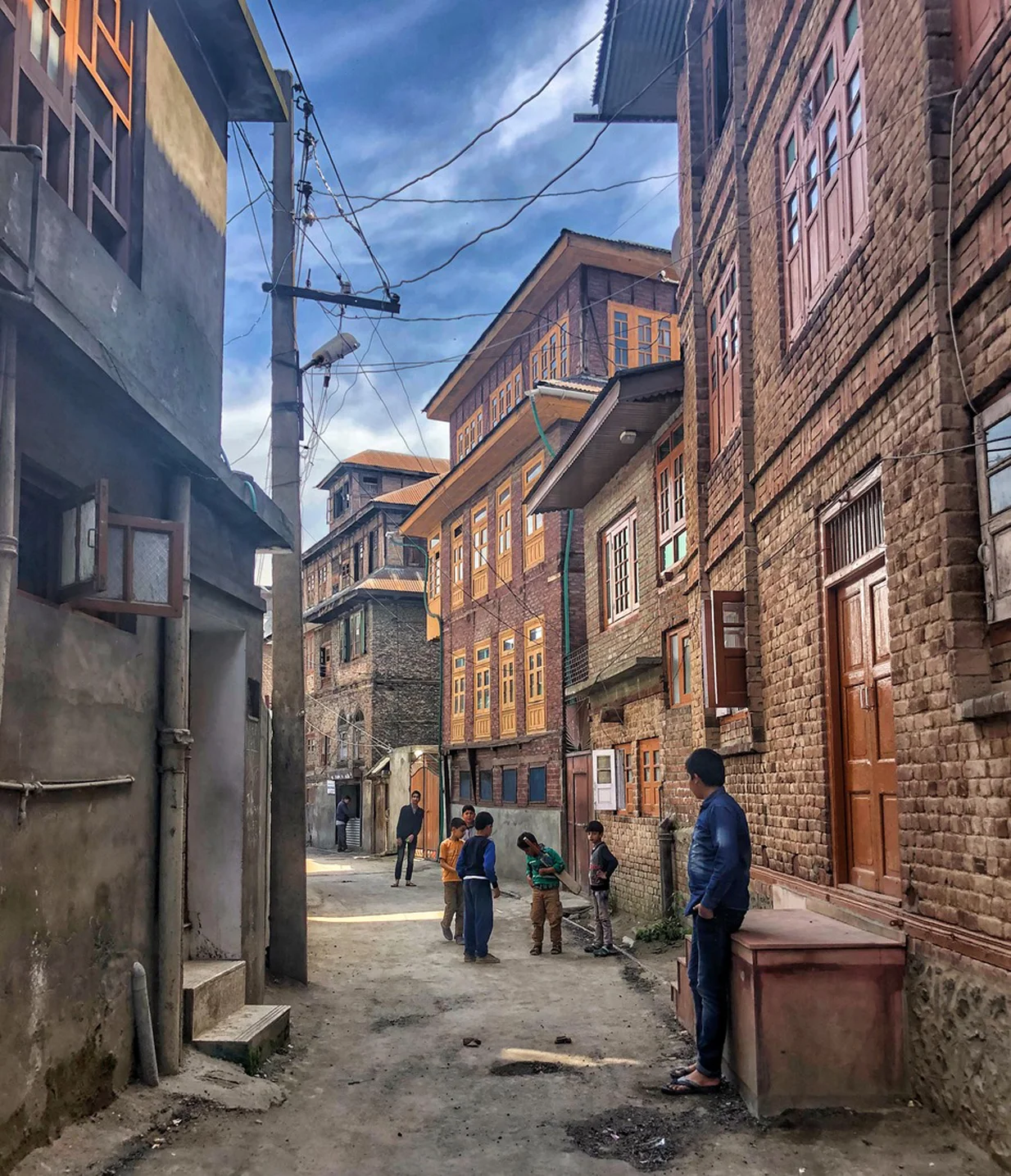
However, Baghdadis are not just the forerunners of copper-smithing, but also the leading suppliers of the metal wares in Srinagar.
Octogenarian Ali Mohammad was barely 10 when he started working as a coppersmith. “A lot has changed since then,” says the elder coppersmith, referred as ‘Wousta’, master, by his apprentice.
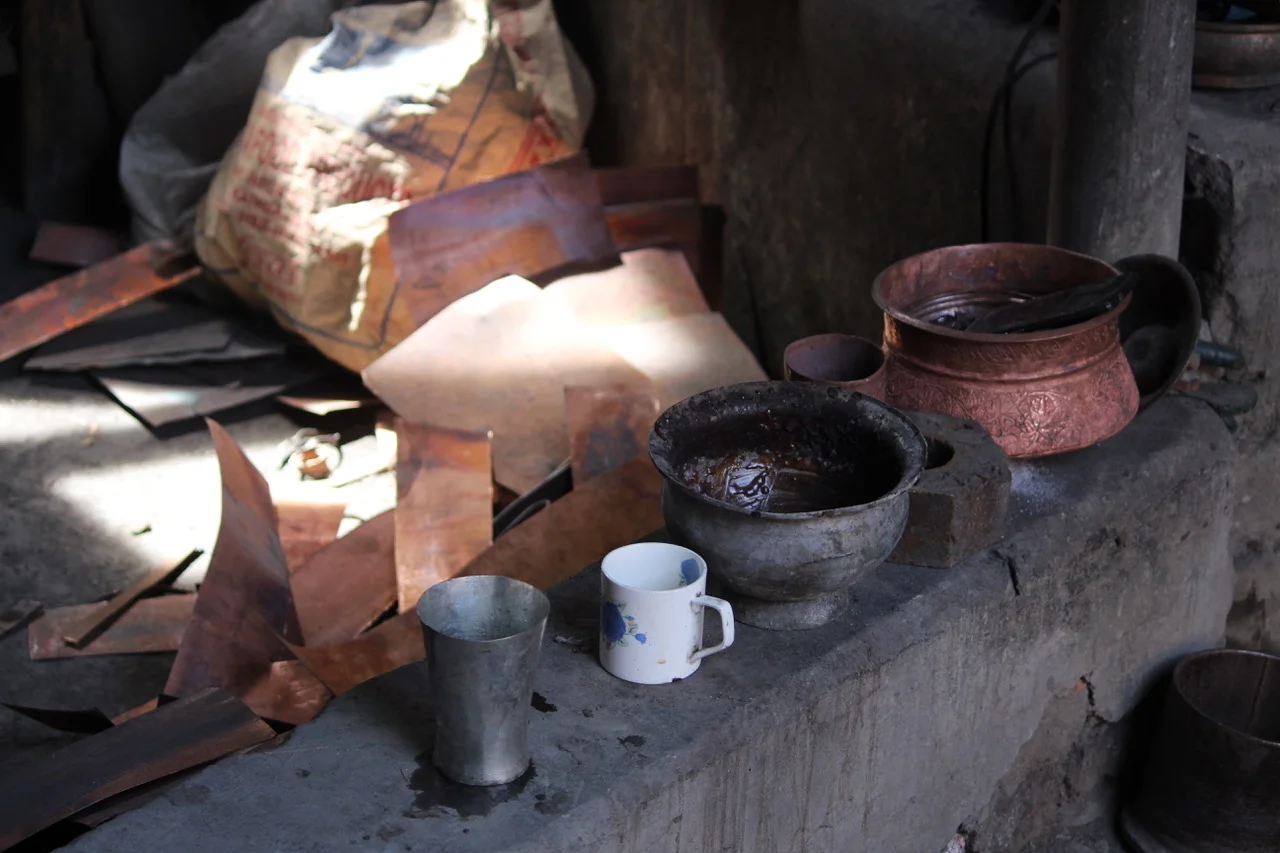
But what many thought as the annoying metal thuds, little Mohammad Ali, back in the day, gravitated to it. The child’s interest wasn’t lost on the father who started training him at a young age.
As the times changed, he passed on the skill to his sons who brought trend and fashion into the trade.
The youngest son, Sarwar Baghdadi, explains that their ancestral business needed innovation and aesthetics to expand the line of products to meet the current demands of the market.
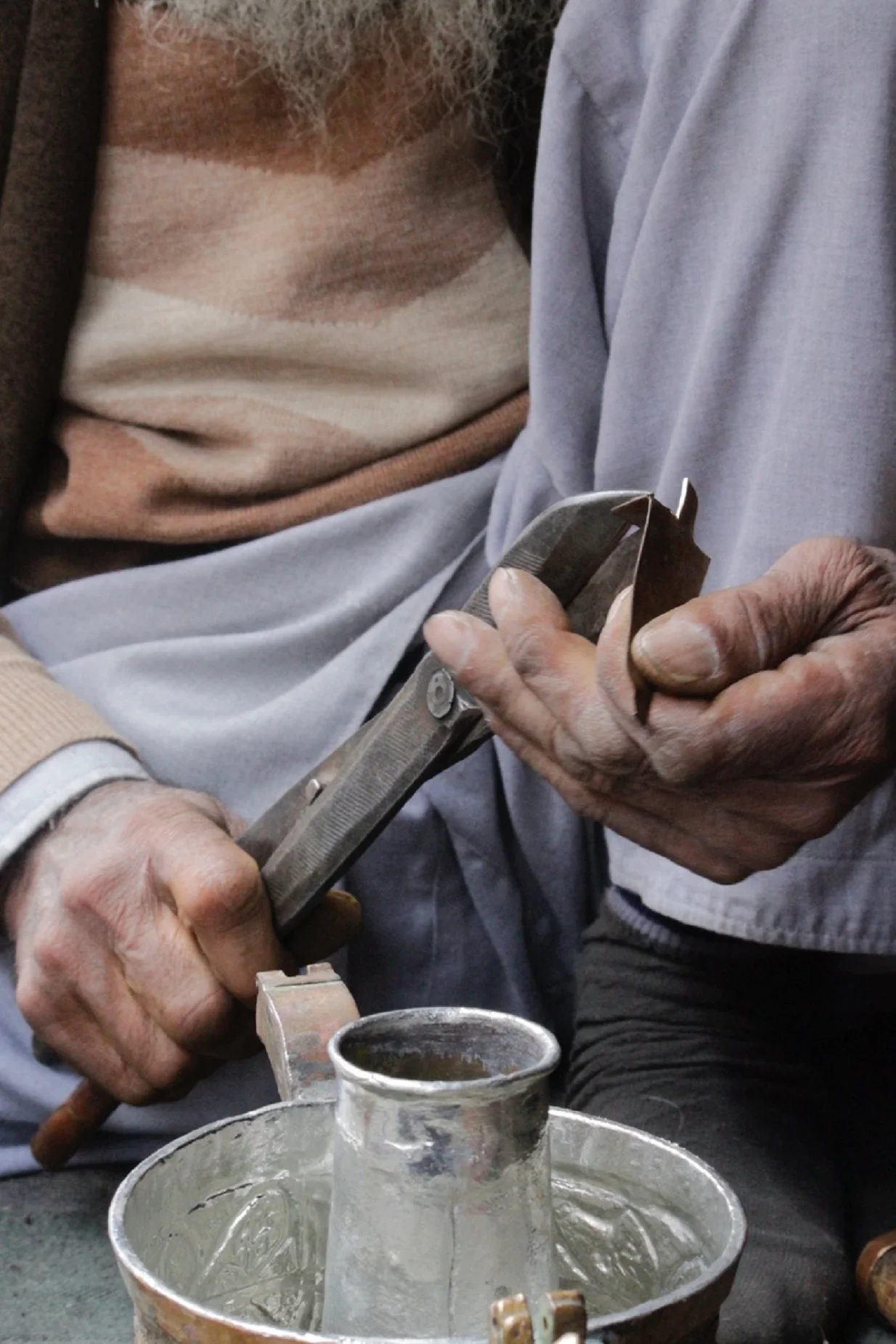
The young enterprising craftsman explains that the design process involves the copperwares to be sent to the artisans for engraving and final touches.
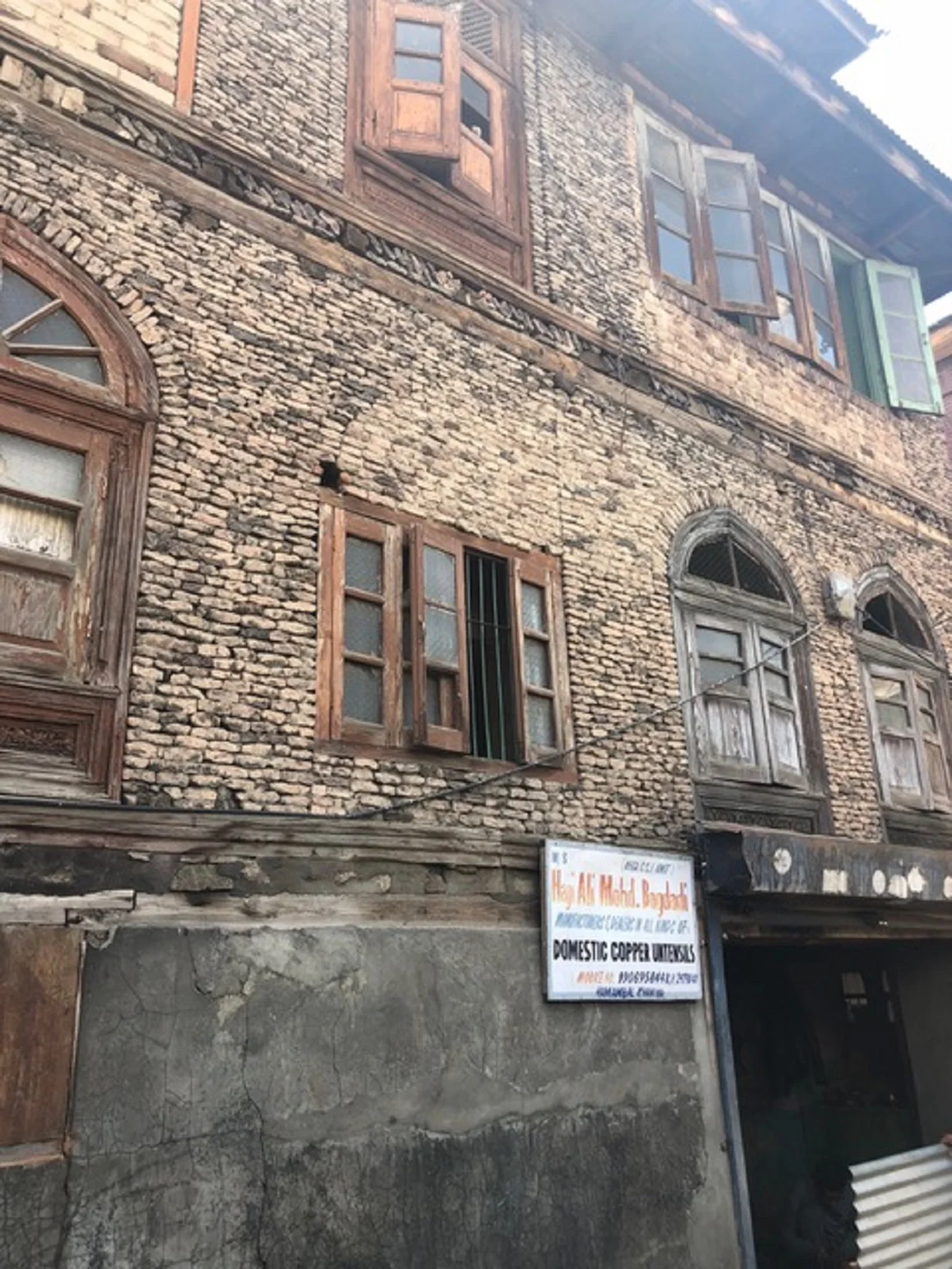
Sarwar also adds that even though the machines have replaced the artisans, they’re incapable of replicating the charm of handmade wares.
The final touches added by the artists is what makes their copperwares such an intrinsic part of Kashmiri households.
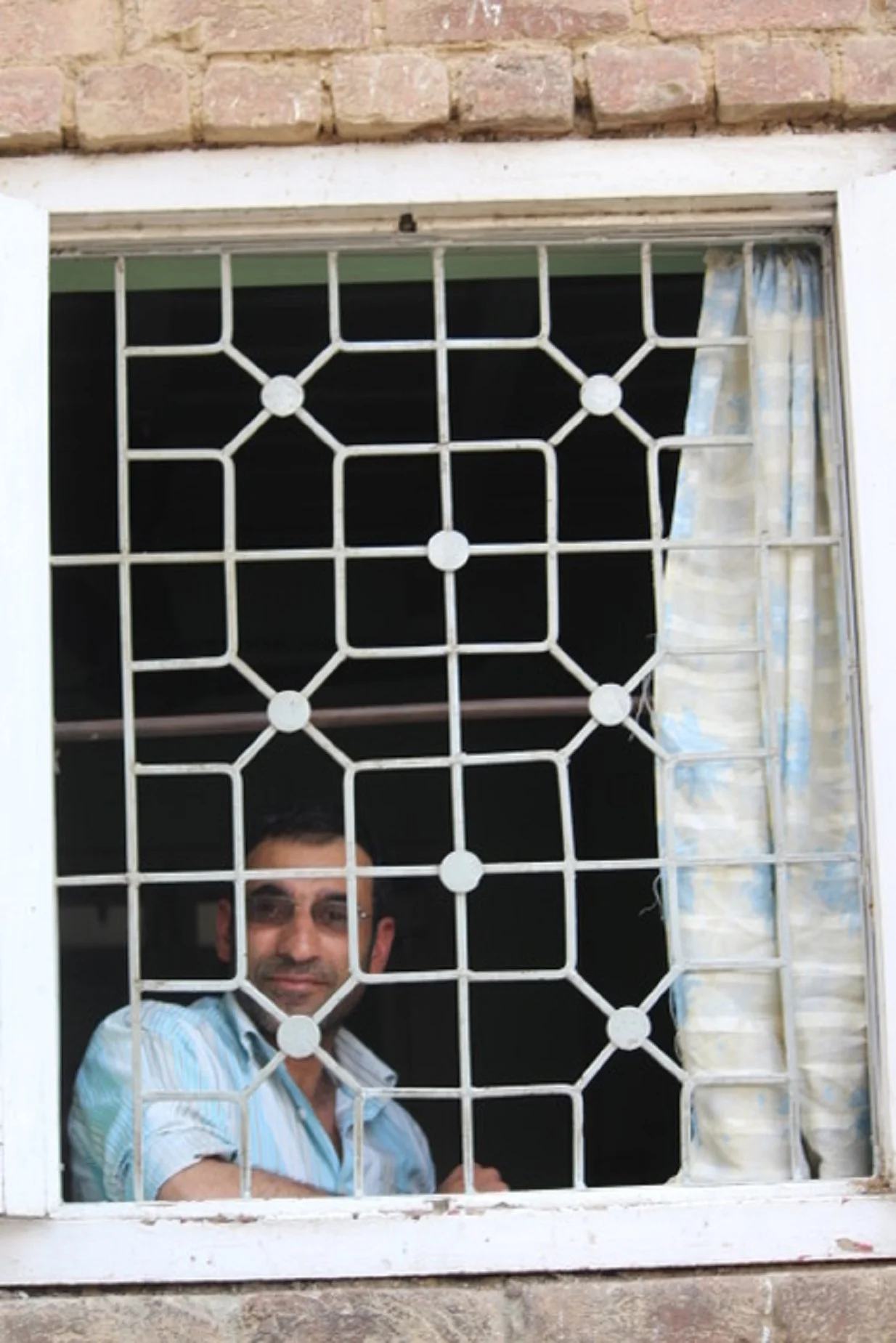
And while producing these wares, pulsating workshops perfectly sync with the bustling life of downtown. But while locals are attuned to the routine hammering, the rhythmic pounding of copper is unmissable for an outsider.
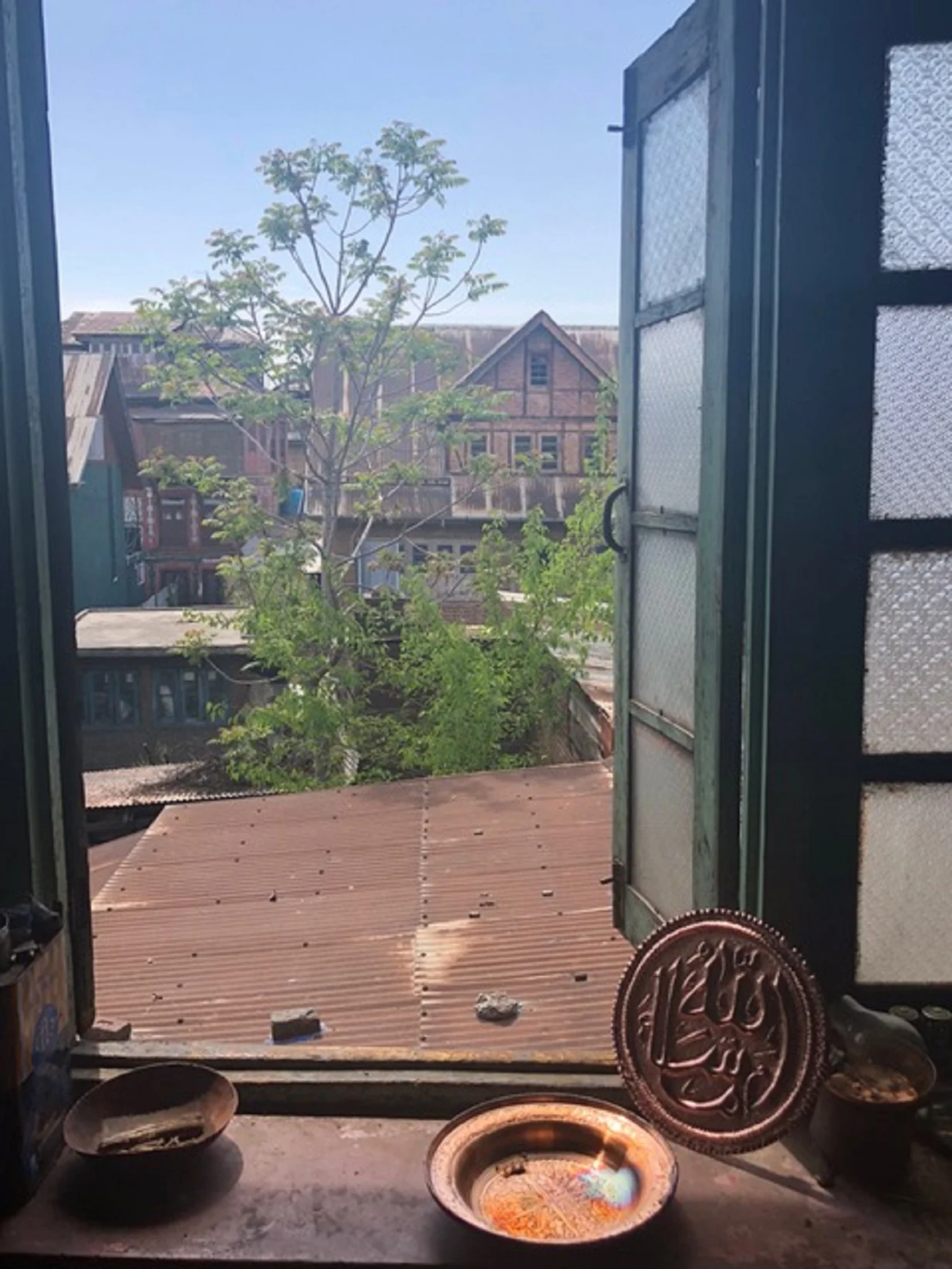
For roving sightseers, it’s a delight to watch the craftsmen churn beautiful metal patterns and feel the artistic excellence.
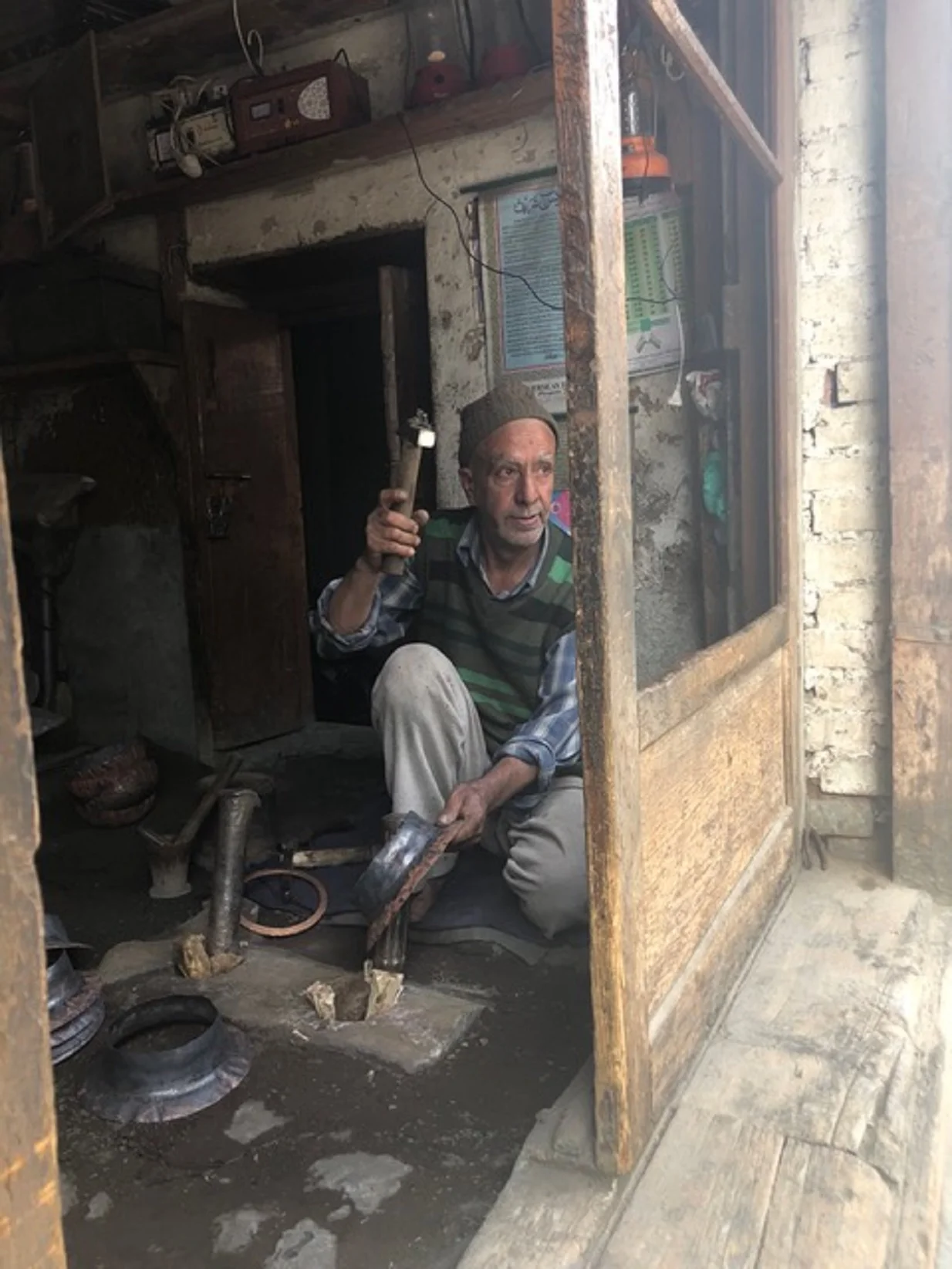
With greater access to technology and need to be contemporary, the Baghdadis only hope to retain their craft by adapting to new means and marketing skills.
Follow this link to join our WhatsApp group: Join Now
Be Part of Quality Journalism |
Quality journalism takes a lot of time, money and hard work to produce and despite all the hardships we still do it. Our reporters and editors are working overtime in Kashmir and beyond to cover what you care about, break big stories, and expose injustices that can change lives. Today more people are reading Kashmir Observer than ever, but only a handful are paying while advertising revenues are falling fast. |
| ACT NOW |
| MONTHLY | Rs 100 | |
| YEARLY | Rs 1000 | |
| LIFETIME | Rs 10000 | |











